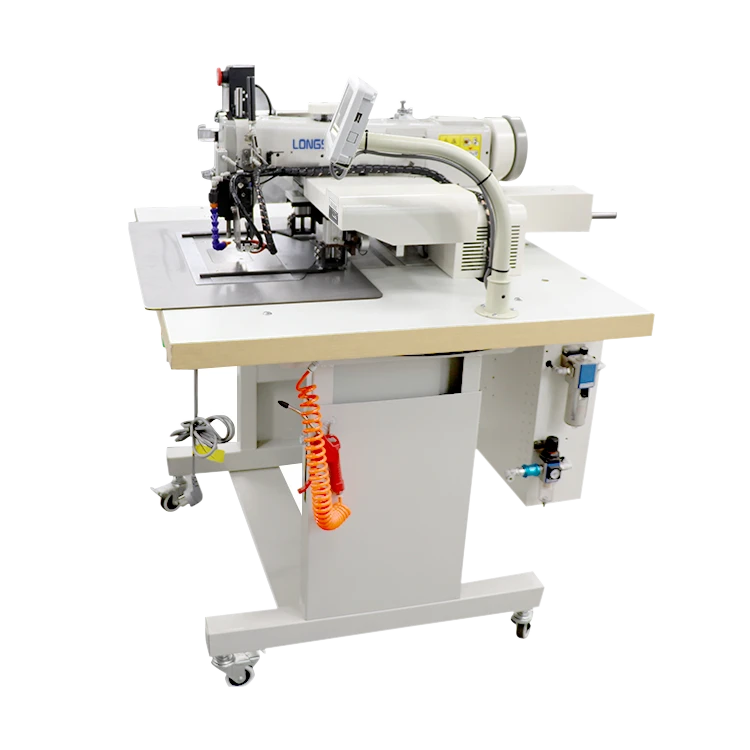pattern sewing machine
The Art of Pattern Sewing with a Sewing Machine
In the world of fashion and textiles, the ability to create clothing and accessories from scratch is a skill that many aspire to master. One of the most vital tools in this creative pursuit is the sewing machine, particularly when it comes to working with patterns. Pattern sewing machines have revolutionized the sewing industry, enabling both hobbyists and professionals to bring their designs to life with precision and efficiency.
A pattern sewing machine is designed to facilitate the creation of a specific garment pattern while providing consistency and accuracy. Unlike traditional sewing methods, where one may struggle with uneven stitches or misaligned seams, a pattern sewing machine operates with a level of automation that significantly reduces the chances of error. This automation is particularly beneficial when producing multiple items in a similar style, as it allows for mass production while maintaining high quality.
When embarking on a pattern sewing project, the first step is to choose a suitable pattern. Patterns come in various forms, from commercial sewing patterns found in stores to custom designs created by the seamstress themselves. These patterns serve as a blueprint, providing valuable information about fabric requirements, cutting layouts, and assembly instructions. For those new to sewing, starting with a commercial pattern can be beneficial, as these often come with detailed guides and illustrations.
Once a pattern has been selected, the next stage involves preparing the fabric. This preparation includes prewashing to preshrink the material and ironing to remove any wrinkles. For pattern sewing, it is crucial to choose the right fabric that aligns with the desired outcome of the project. Fabrics like cotton, linen, and jersey knit each have unique properties that affect how a garment drapes and fits.
pattern sewing machine

After preparing the fabric, it is time to transfer the pattern onto the material. This can be done using a variety of tools, such as fabric chalk, tracing paper, or pattern weights. Careful placement and marking are essential, as they determine how accurately the pieces will align when sewn together. Using a pattern sewing machine at this stage can lead to enhanced precision, as the machine often comes equipped with tools designed to accommodate various stitch types and seam finishes.
With the fabric cut and ready, the sewing process begins. Pattern sewing machines excel in providing a variety of stitch options, from straight stitches to zigzag and decorative stitches. Utilizing these features can enhance the garment's durability and aesthetic appeal. For example, a zigzag stitch can be particularly useful for finishing raw edges, preventing fraying and extending the life of the garment.
The final stage of pattern sewing involves finishing touches, such as hems, buttons, and other embellishments. A well-finished garment should not only fit well but also reflect the personality and creativity of the maker. The satisfaction derived from creating something unique is one of the many joys of sewing.
In conclusion, pattern sewing with a sewing machine opens up a world of creativity and craftsmanship. With the right tools and techniques, anyone can transform their ideas into tangible creations. Whether for personal wear or professional aspirations, mastering the art of pattern sewing paves the way for endless possibilities in fashion and design.
-
Zigzag Sewing MachineNewsMay.12,2025
-
Single Needle Sewing MachineNewsMay.12,2025
-
Overlock Sewing Machine PriceNewsMay.12,2025
-
Heavy Duty Industrial Sewing MachineNewsMay.12,2025
-
FIBC Sewing MachineNewsMay.12,2025
-
Cylinder Bed Sewing MachineNewsMay.12,2025
-
Revolutionizing Sewing with CNC TechnologyNewsMar.28,2025





























